
We’ve complained before that there’s a hole in the current wireless headphones market. If you’re searching for a really good set of wireless over-ear cans, your options consist either of cheaper, no-nonsense affairs such as the Sony WH-CH720 or far more premium offerings akin to the Sony WH-1000XM5 or the Bose QuietComfort Ultra Headphones. It’s either sub-£100 / $150 or up in the realm of £280 / $300 or over, with very little occupying the space in between.
There have been some attempts to plug this substantial gap, yet few have managed to land with much effect. The Sennheiser Accentum Wireless sit slap bang in the middle at around £160 / $180 / AU$300 at launch, as do the Sony ULT Wear (debuting at £180 / $200 / AU$440). Sadly, neither pair convinced us that they represented a viable middle ground, failing to get close enough sonically to costlier front-runners or to notably outperform cheaper alternatives.
Hence we’re hoping that Cambridge Audio’s inaugural over-ear headphones will have the credentials to give money-savvy buyers a third way between cheap as chips choices and more premium gourmet offerings.
Price

As hinted at above, price is where the P100 could carve out an attractive niche. There aren’t many rivals sitting at their £229 / $279 / AU$479 mark when at full price, meaning that the new Melomania P100 significantly undercut the official £380 / $399 / AU$550 benchmark set by the Sony WH-1000XM5. That said, discounts often bring the Sony XM5 down to around £279 / $289 / AU$500 on a good day, closing the gap and eating into the P100s’ advantage somewhat.
Cambridge Audio’s new cans are also cheaper than the five-star Sennheiser Momentum 4 Wireless which, at the time of writing, have dropped to around the £240 / $300 / AU$400 mark. The older yet still-outstanding Sony WH-1000XM4, meanwhile, currently cost just £229 / $240 / AU$439, making them another pair of direct rivals for the Melomania P100.
Build
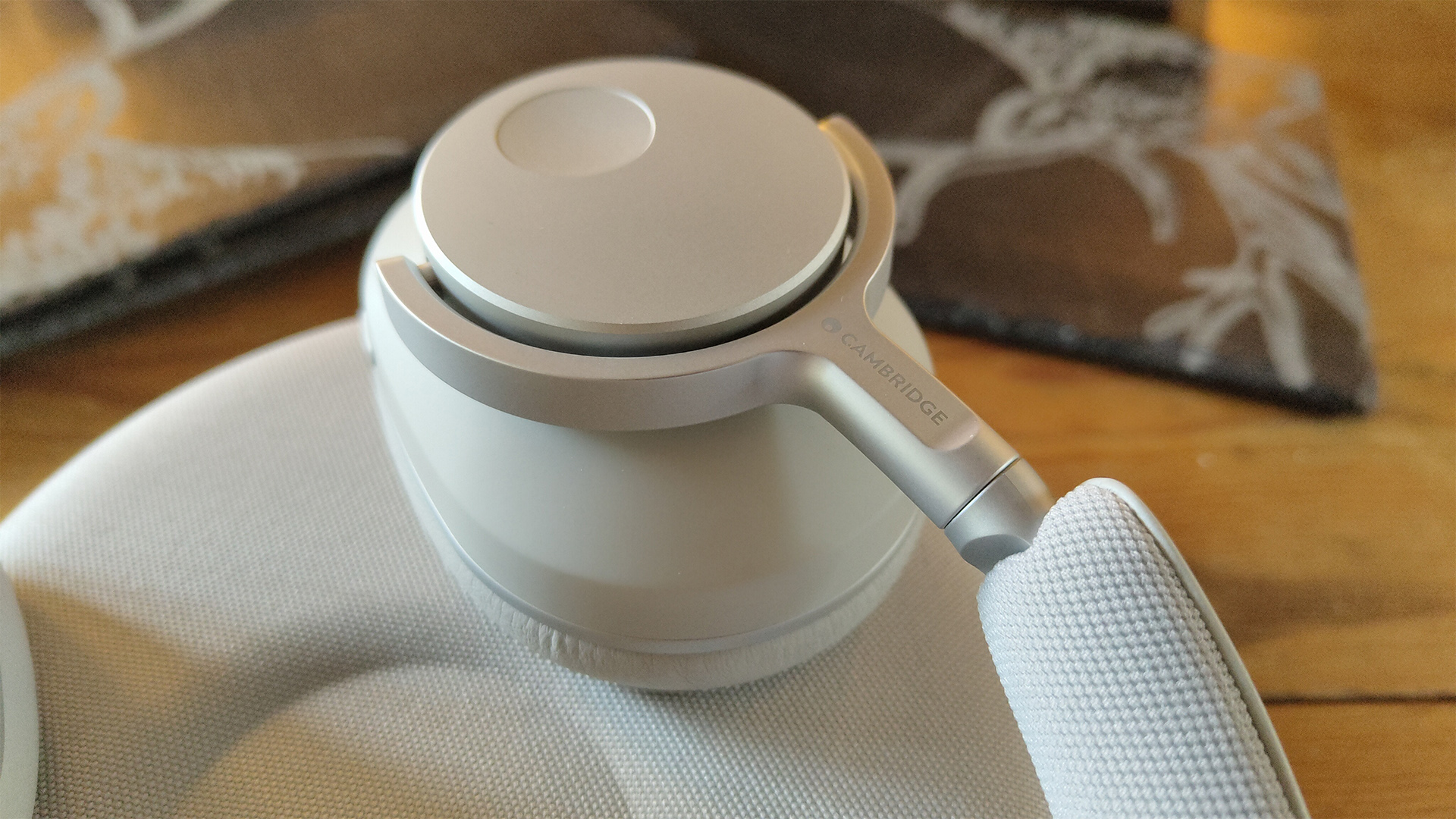
Cambridge Audio’s hi-fi design philosophy seems to revolve around taste and class, an aesthetic heritage that, for the most part, has filtered across to the P100 wireless headphones. They’re not the sleekest or most compact over-ears we’ve ever beheld, but the cans’ ‘silver’ finish (more a subtle grey, truth be told), tightly woven fabric headband and smoothly rotating hinges all combine to give an assured sense of style. We wish that the metal earcups felt more premium and solid to the touch, but our impression of the overall assembly remains positive.
Slightly cheap-feeling earcups aside, the P100 are robust and ready to use. We spend a lot of time bending and flexing the cans in hand and struggle to find any weak points in the construction that would serve to undermine the headphones' overall integrity. Every element seems sturdy and well-guarded against the rigours of everyday use, so that extensive testing time and even a few trips abroad couldn’t manage to leave a mark on our still-resplendent sample pair. On-unit touch controls adorn the base of each earcup, with the P100 relying on physical buttons rather than the swipes and taps of a touch-sensitive system.
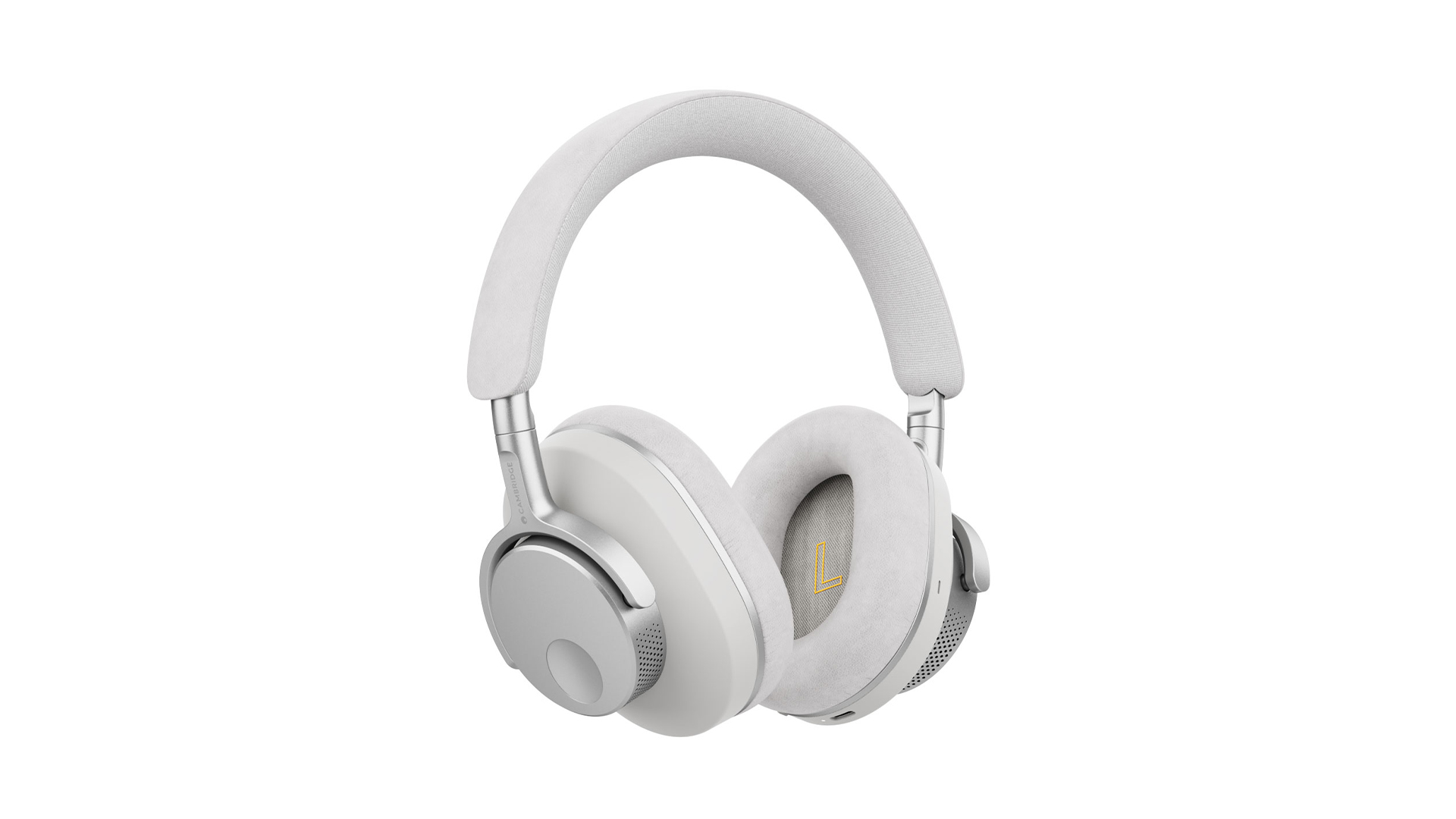
Bluetooth 5.3
Codec Support SBC, AAC, aptX Lossless, aptX Adaptive
Noise-cancelling Yes
Battery Life: 100 hours (ANC off), 60 hours (ANC on)
Finishes x 2 (Black, Silver)
Weight 330g
They're reasonably comfy, too. The P100s' earcup pads are made using memory foam covered in faux leather, a positive point for prospective vegan or vegetarian buyers. Cambridge Audio promises us that "enormous amounts of time and testing" went into choosing the perfect clamping force for the greatest variety of head sizes, and we can at least attest to the fact that we didn’t experience excess pressure or points of discomfort during our tests.
What we would warn you of, though, is that the P100 aren’t the smallest or subtlest cans we’ve come across. When placed on your head they are chunky and somewhat rigid when compared to the more flexible Sony WH-1000XM5 or the foldable Bose QuietComfort Ultra Headphones – where those rivals will sit snugly over your ears and bend neatly to your dome’s contours, the P100 tend to sit widely away from your skull, making make them look somewhat clunky and obtrusive. They also don’t fold away, and while the provided carry case is robust enough to keep your headphones safe from knocks and scrapes, their rigid design slightly undermines the P100’s travel credentials.
Features
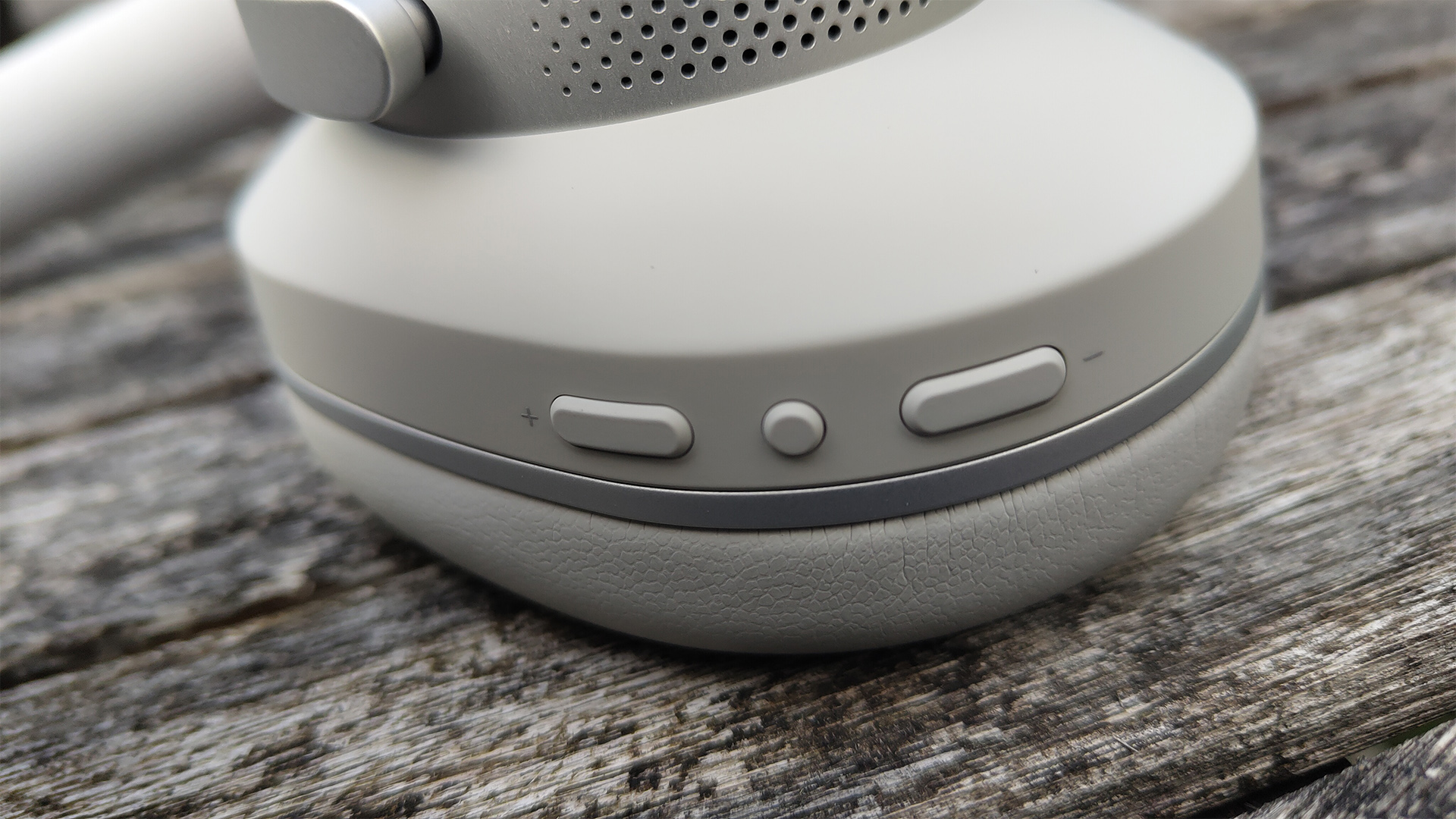
Before we go on to the good stuff, let’s get some caveats out of the way. The Melomania P100 don’t offer spatial audio support, a feature that is quickly becoming more widespread on new wireless cans. Active noise-cancellation is on the menu here, with three modes: full ANC, Transparency Mode and off. In fairness to Cambridge Audio, the noise cancelling on offer is completely acceptable. It won’t challenge the class leaders like Bose's QuietComfort Ultra Headphones, but that’s okay if we’re spending less money.
Our first experience with the P100's noise-cancelling saw them soften the clamour of a crowded music venue full of tech journalists and PRs, while further investigation revealed that the Melomania P100 competently subdued the swooshes and rumbles of a busy road and the twitter of nearby birds. A flight to Germany benefitted from the P100’s noise-cancelling capabilities, as the over-ears significantly dimmed the whooshing, swirling cabin noise that can make a pleasant flight into something of a noisy ordeal. There are three levels of ANC in the app, and we did the majority of our testing on the most effective "High" setting.
All this talk of noise cancelling feels like an aperitif to the headline event: battery life. If you solely want cans that will last you days and days, the Melomania P100 should already be on your shortlist. The P100 offer up to 60 hours of music playback from a single charge with noise cancelling on, or a rather outrageous 100 hours of life if you turn the ANC off – across a good two weeks of testing, we’ve barely managed to drain our pair below around 50 percent. They truly are outstanding numbers – for context, the Sony WH-1000XM5 only provide a maximum of 40 hours with ANC switched off, while the Bose QuietComfort Ultra Headphones will grant you just 24 hours on a good day.
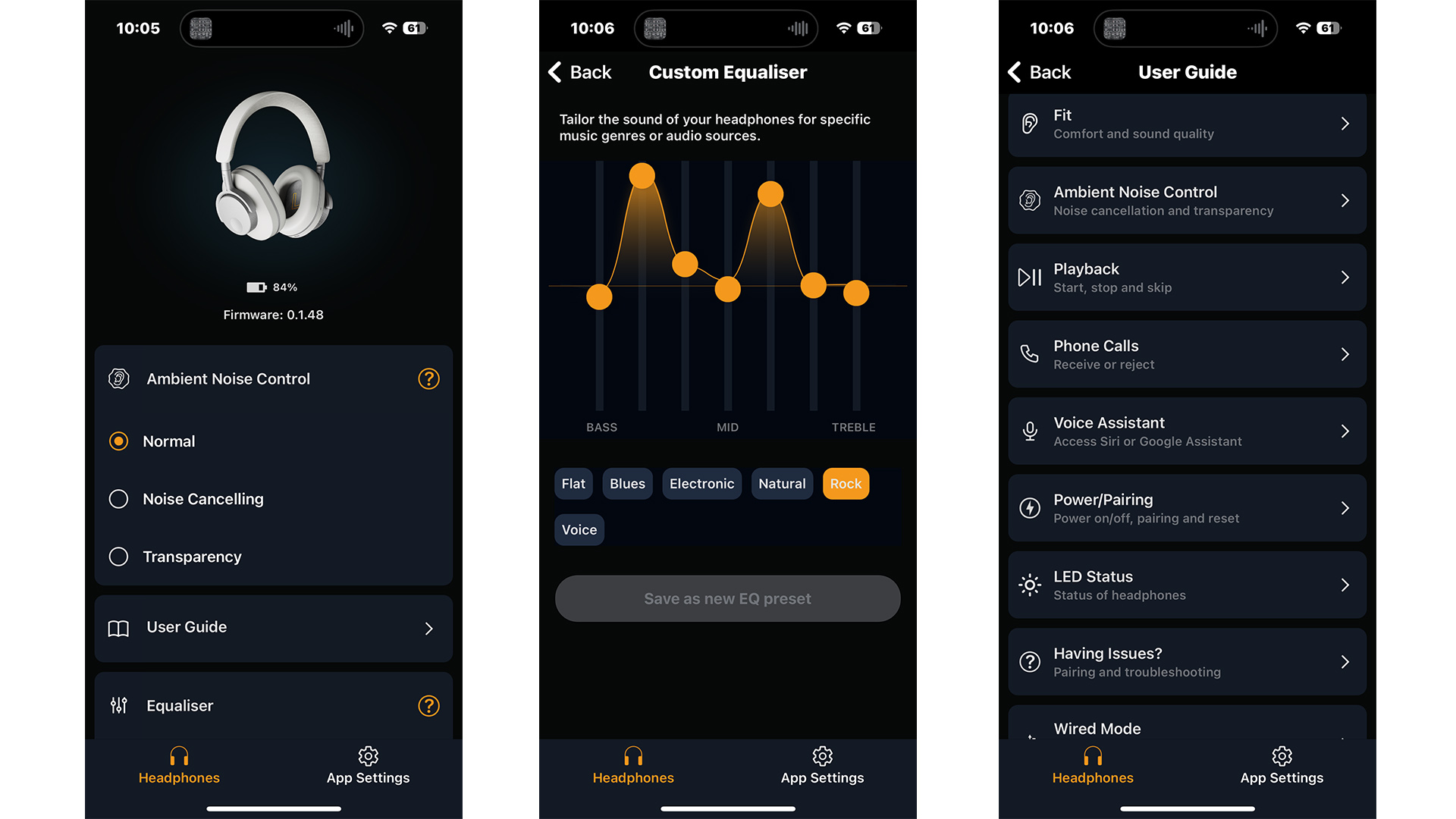
When the P100s’ battery does eventually run out, the cans’ fast charging facility means you will receive two hours (with ANC) or four hours (without) of playback from a quick five-minute charging boost. Those are impressive numbers, and it's always handy to have a pair of cans that you can plug in for a few minutes in order to get significantly more playtime if you're a frequent traveller. If only they folded away…
The P100 aren’t done there. Bluetooth Multipoint for dual source connectivity comes in handy when you need to seamlessly switch between listening on, say, a laptop and a smartphone regularly, while the new headphones’ Gaming Mode drops latency rates to just 80ms when connected to a wireless source for gamers who want to go wire-free. The P100 even come with a choice of wired listening options thanks to the inclusion of USB-C to 3.5mm and USB-C to USB-C cables.
And yes, we can still hear you, Matt Berry. As with the in-ear Cambridge Audio M100, electing ‘Southwark’ in the voice prompts section of the accompanying Melomania headphones app will have the Toast Of London and What We Do In The Shadows actor’s rich tones firing into your ear every time you switch to noise cancelling mode or power up your headphones.
Sound
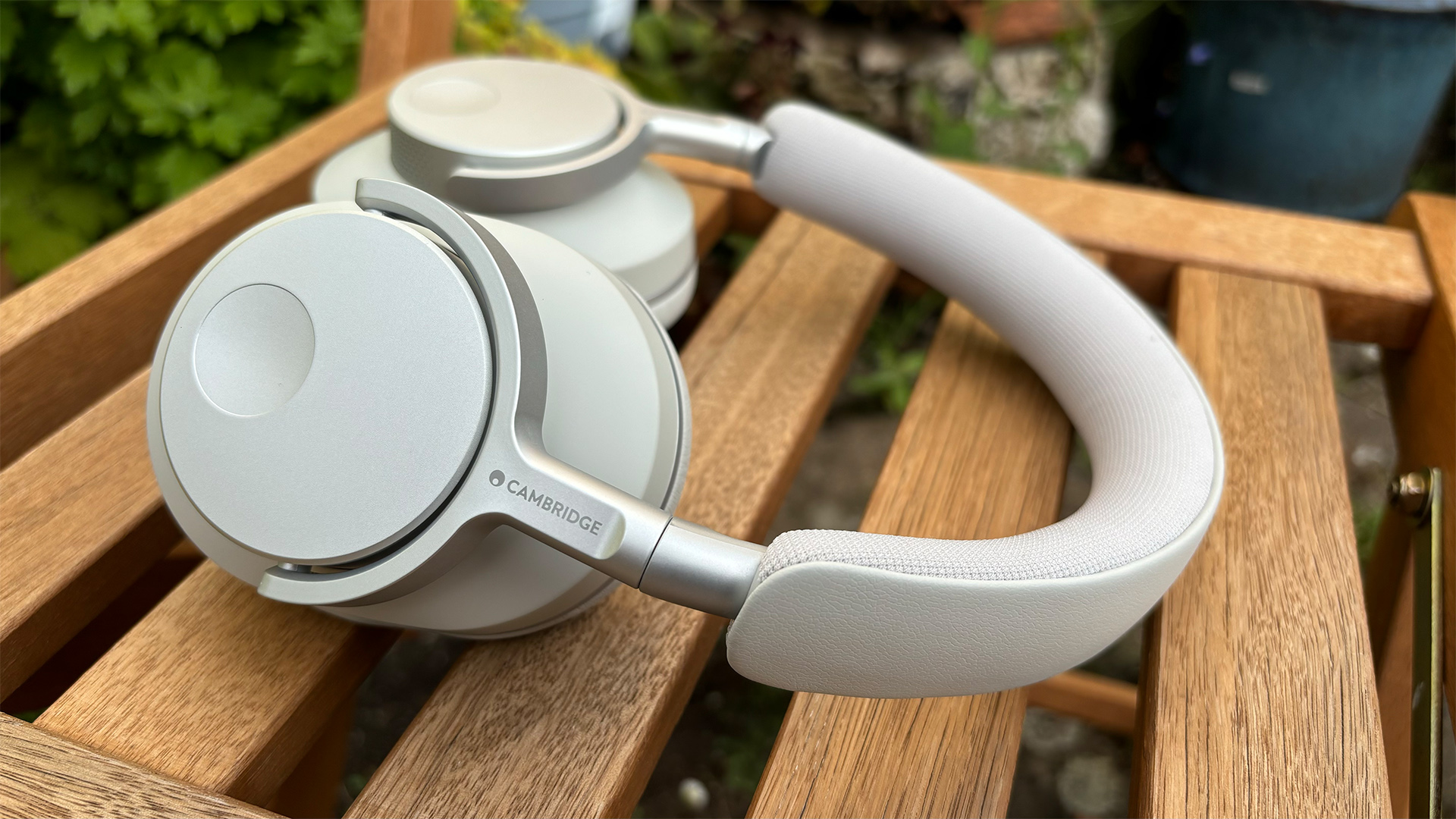
The Class A/B-amplified Melomania P100 house a pair of 40mm drivers fitted with neodymium magnets for what is promised to be “incredible sound quality” with “deep, controlled bass, realistic vocals and beautiful treble clarity”. Along with the standard Bluetooth codecs, the headphones also feature the aptX Lossless codec for wireless playback in CD quality (16-bit/44.1kHz) with no lossy compression if you have a source device that can also handle the codec, as well as aptX Adaptive for higher-quality streaming with lower latency.
How does that translate to actual sound? We listen to tracks streamed predominantly from Tidal and, to our ears, the P100 immediately put us in mind of their similarly composed Melomania M100 earbud siblings we reviewed earlier in the year – they can be as clean and crisp as a freshly laundered shirt, offering a presentational style that blends spacious refinement with a pleasing sense of detail and subtlety. Tonally, the P100 feel balanced and neutral, resisting the urge to strain at the top end or add unwanted helpings of booming bass, instead opting for a presentation that’s controlled, cohesive and resistant to the temptations of brash highs or excessive lows.
Those are particular strengths if they complement the sort of music you enjoy listening to. Tracks such as Massive Attack’s Angel or Röyksopp’s What Else Is There? benefit from the clear, well-ordered character of the P100 – instrumental textures and vocal strands sit where they should be, never straying from their respective lanes or spilling across into areas in which they don’t belong.
There’s decent detail here, too. Healthy servings of space and breadth around notes naturally help the P100’s delivery to feel clean and coordinated, yet there’s no question that the notes and tones themselves are furnished with sufficient detail. The moody piano on Erik Satie’s Gnossienne No.1 has enough gloss to feel genuinely enigmatic and tactile, whereas the vocals on Astral Bakers’ Pretty Scar sound appropriately lean and agile without tipping over into sounding thin or reedy.
What we want to hear more of from the Melomania P100 is a feeling of energy, punch and fun. Rockier numbers just don’t have the kick that you might be hoping for if you’re a committed headbanger – Soundgarden’s Bleed Together is clean and detailed, yet the Melomania P100’s somewhat thin midrange robs the track’s central guitar of bite and oomph. We would like more dynamic expression, too; listen to the P100 side-by-side with the Sony XM5 and you’ll get a greater sense of the peaks and troughs displayed during Björk’s Jóga when listening to the Sony Award-winners than when donning the Cambridge Audio over-ears.

The WH-1000XM5 are also more fun, aided by their superb sense of rhythm. Sabrina Carpenter’s Espresso is conveyed with far more bounce and sway through the XM5 as the five-star Sony cans pick out those rhythmic patterns and make them shine. The Cambridge Audio cans aren’t entirely lead-footed, yet they don’t have the Sonys’ remarkable ability to take almost any track and tease out its rhythmic elements with such consummate ease. The more we listen to the P100, the less we feel as though we want to keep listening – it’s not an unpleasant experience, yet nothing about the Melomania P100 draws the heart or head to keep us coming back in eager anticipation of how they’ll make the next test track sound. They are, like a corduroy-wearing geography teacher or room temperature glass of tap water, fundamentally uninspiring.
Things do change slightly when we use the provided USB-C cable for wired listening and find that it helps to negate, if not exactly remedy, some of the aforementioned issues. Using the cable adds punch and weight to the P100’s slightly lean delivery, bringing more body to Espresso for a more satisfying sonic experience, but it’s one that still lags behind the invigorating dynamism of the class-leading Sony WH-1000XM5.
Verdict
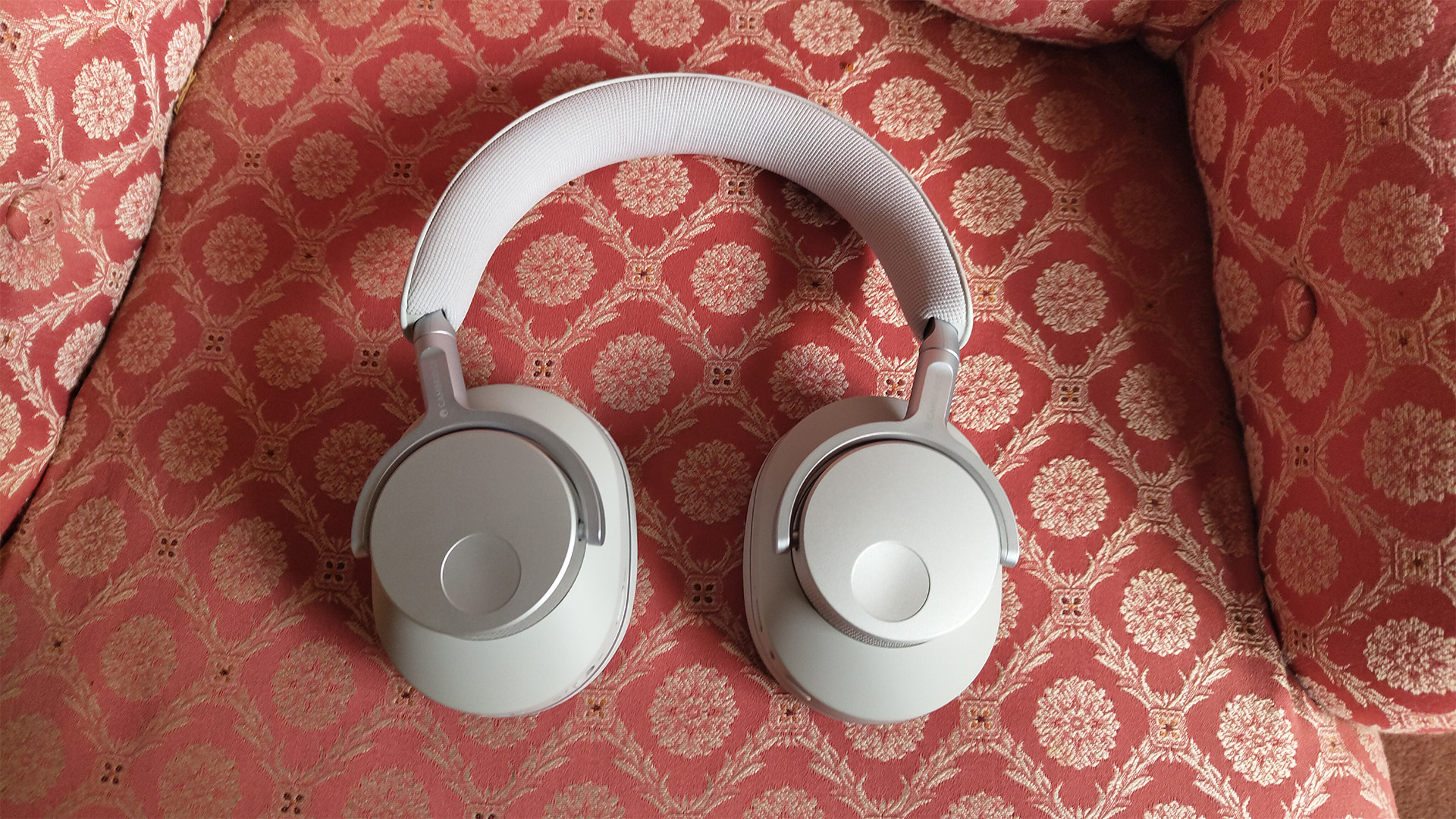
The Cambridge Melomania P100 are a reasonable effort from a company trying to carve out a reputation in a tricky, highly competitive field. The problem is, they’re up against some great wireless headphone rivals that don’t currently cost a lot more – if it were our money, we would spend it on one of those excellent rivals rather than on the Melomania P100.
SCORES
- Sound 3
- Build 4
- Features 4
MORE:
Read our review of the Sony WH-1000XM5
Also consider the Sennheiser Momentum Wireless 4
Read our Sony WH-1000XM4 review
Best over-ear headphones: wired and wireless pairs tested by our experts







